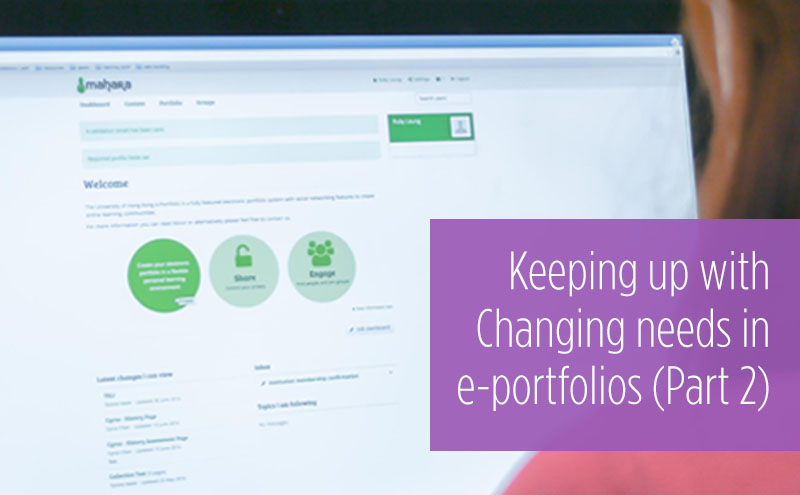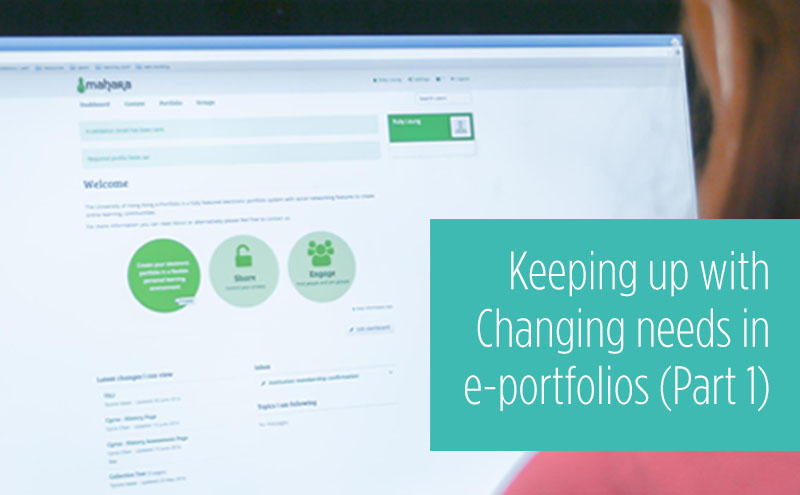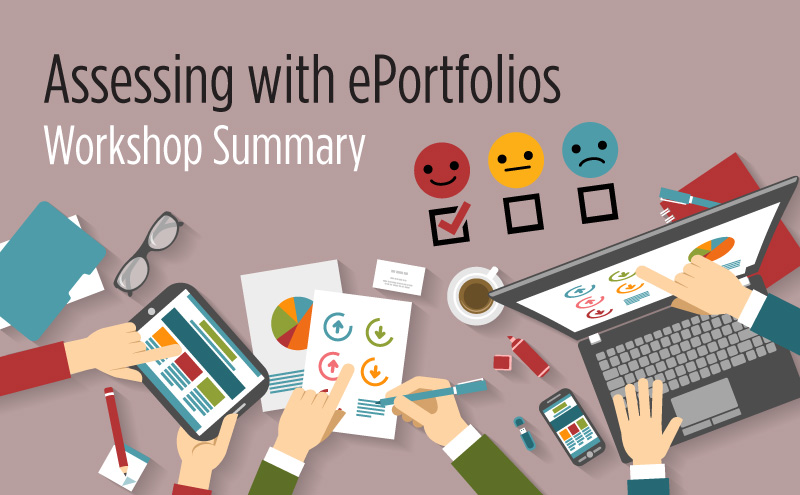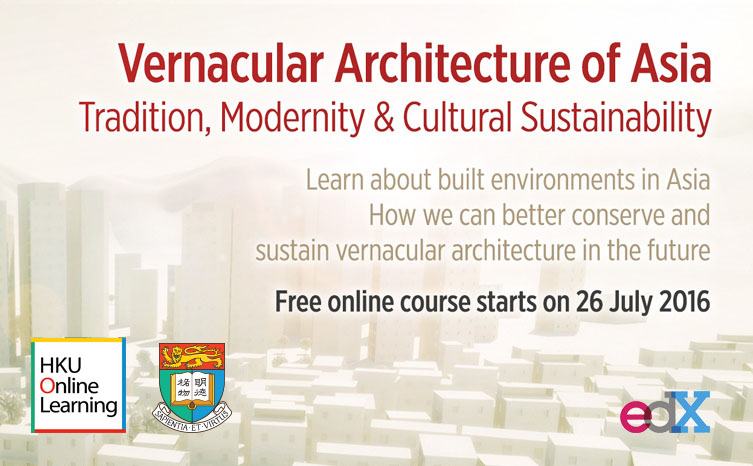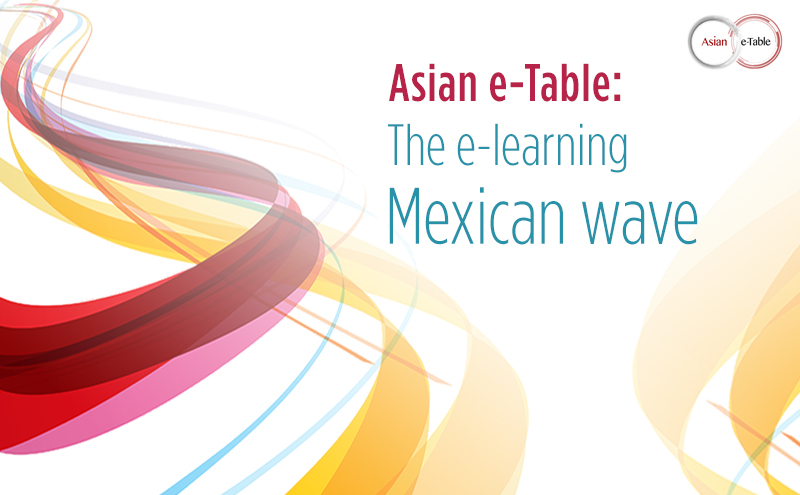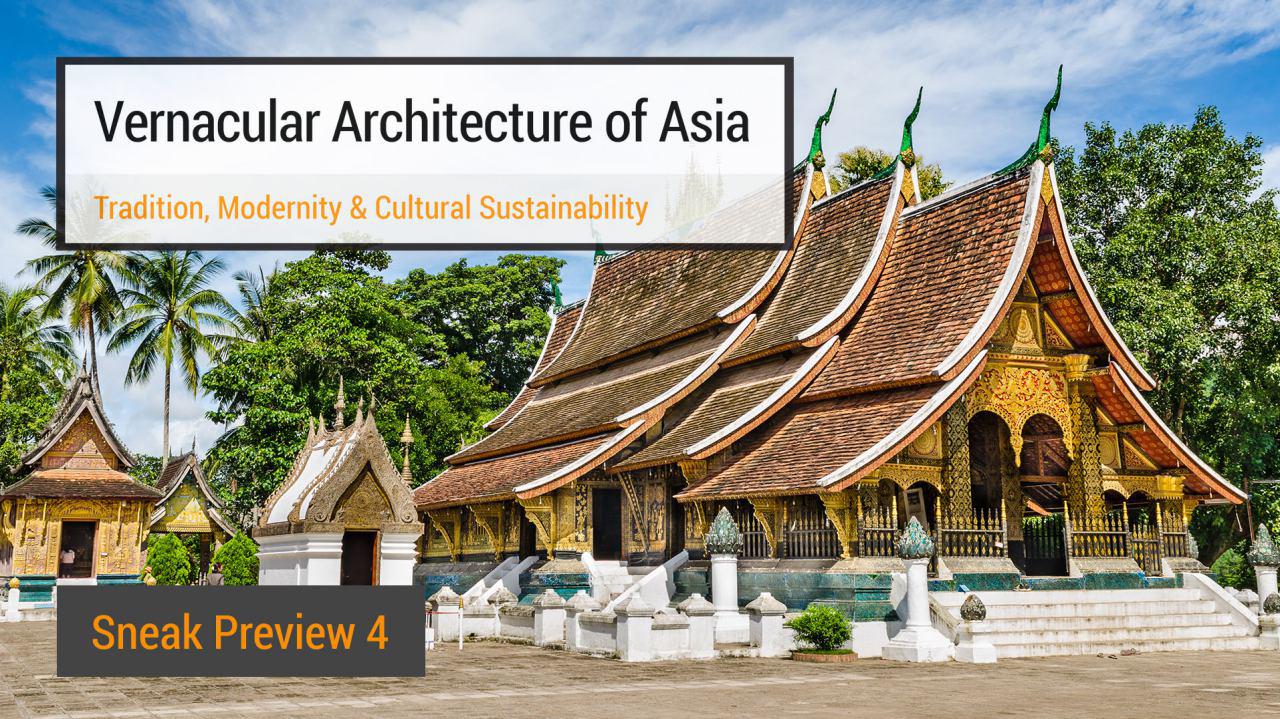
We are welcoming our incoming class and returning students with technology vibe!
Artificial Intelligence as a Service: Free Text Analysis Tools
By courtesy of IBM, we are making available two simple tools for text analysis:
(1) Personality Insights, which uses linguistic analytics and personality theory to infer attributes from a person’s unstructured text; and
(2) Tone Analyzer, which uses cognitive linguistic analysis methods to measure the emotional tone in text.
They are ready for your use on our platform. Please sign in with your HKU Portal ID to gain access. For students, these tools might be helpful for refining write-ups such as term papers and job application letters. Teachers might want to think about how these tools could be incorporated in their courses. Feel free to make good use of them. In fact, over 200 have already signed up.

Moodle looks So Different
 Aesthetics is very much on our mind when we design online learning experience. That’s why our developers and designers have been working very hard with the E-learning Team of our Information Technology Services to make changes – big and small – to improve your Moodle experience.
Aesthetics is very much on our mind when we design online learning experience. That’s why our developers and designers have been working very hard with the E-learning Team of our Information Technology Services to make changes – big and small – to improve your Moodle experience.
A lot of you might have realized that our Moodle had a facelift – everything is (slightly) cleaner and clearer now, don’t you think? Some of our students noticed the change, and sent us comments and feedback – most of them are related to how much information should be shown on a single page, and how little tricks like sorting and searching might help them to locate a particular course. We really appreciate students’ input, and will continue to improve this learning management system.
Mentimeter – a web-based polling tool
It is one of our key missions is to introduce the latest technologies for effective learning and teaching.
In the previous academic year, we have been facilitating the use of an anonymous polling tool, Mentimeter, in some courses (sample cases are here). In view of the positive comments received, we will continue to provide support for free trials this year, as well as technical advice in case Departments/Faculties want to purchase their own licenses.
You may contact us through enquiry@teli.hku.hk for arrangement. Enjoy!


